In Conversation With Denis Flageollet, The Blacksmithing & Watchmaking Mastermind Behind De Bethune
Stepping into the domain of a modern-day watchmaking alchemist.

Visiting the De Bethune manufacture in the picturesque village of L’Auberson in the Swiss Jura mountains is quite an impressive experience. The works of Denis Flageollet, the mastermind behind De Bethune, have placed the brand outside mainstream watchmaking in a class of its own. There is something even more special about visiting Denis Flageollet’s workshop in La Chaux, just between L’Auberson and Sainte-Croix. This is the place where his unbridled creative freedom, his passion for handcrafted tools, his universe ingrained with a respect for the classics and a holistic approach to watchmaking come to life.
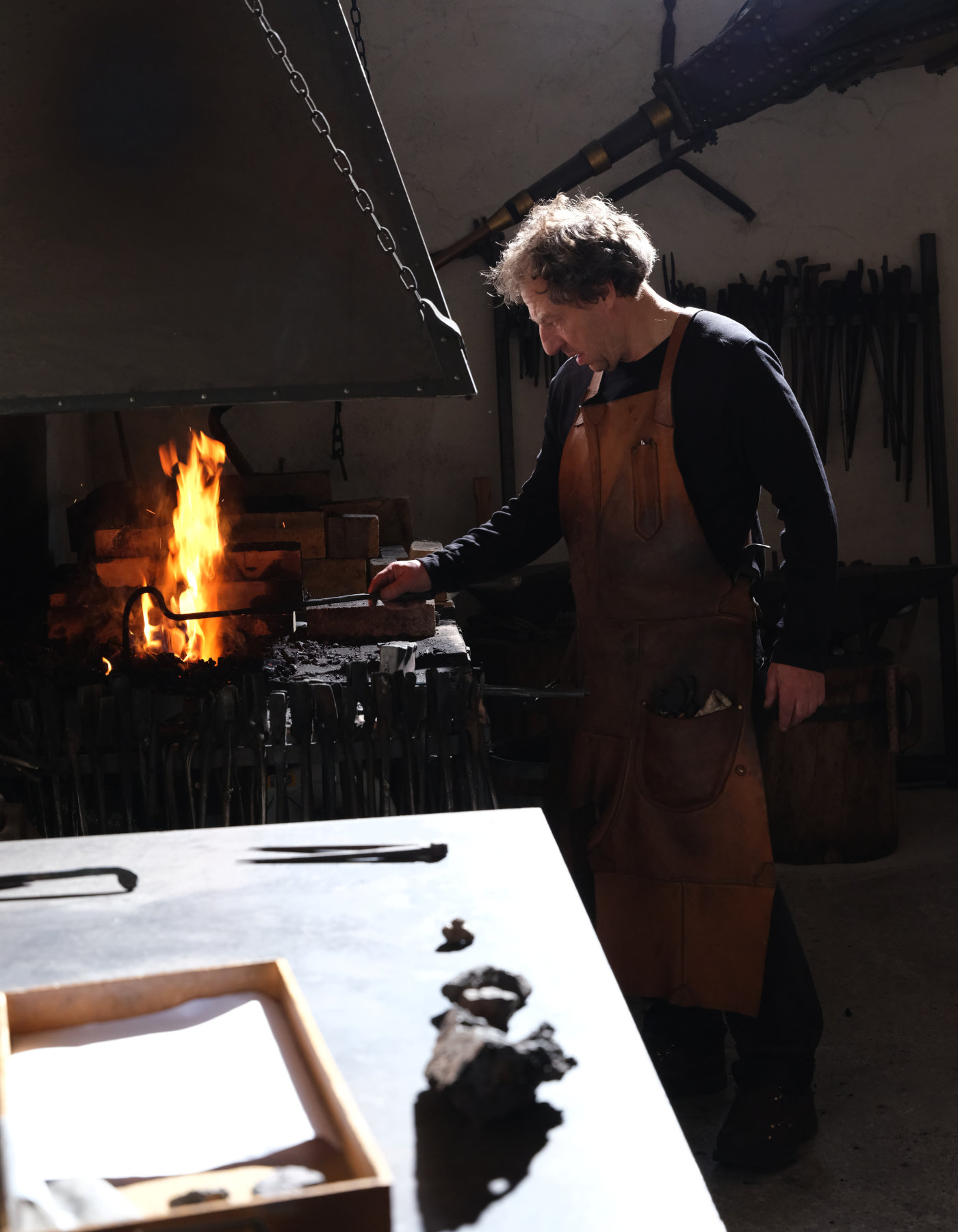
Xavier Markl, MONOCHROME: Thanks for having us. How did you get into watchmaking?
Denis Flageollet, co-founder of De Bethune – I am from a family of watchmakers from the east of France. I am a fourth-generation watchmaker. As a kid, I was not particularly passionate about watchmaking; I was very interested in tools. From an early age, I could assemble or disassemble alarm clocks. But this was very natural; it had always been around me. But you don’t always want to do the same job as your dad. My idea was more of working on something related to sports or nature. At some stage, I had to make a decision about my studies, and I wanted to get into something technical. I ended up in the Le Locle watchmaking school in Switzerland. Then I became an antique-clock restorer at the Le Locle Museum (Technicien d’Horlogerie Ancienne) and also did some jewellery work apprenticeships.
This is where I really discovered watchmaking. I was surrounded by inspiring people and friends who were passionate about horology. By people like Alfred Wild, the president of the La Chaux-de-Fonds Watch Museum, or like Antoine Simonin, who came to give conferences about antique watchmaking – I was amazed. There, watchmaking became a real passion. I had access to these amazing tools, machines and materials; the possibilities were endless. Everything was natural, and I realized that everything of interest to me had a connection to watchmaking.
How did you start your career after your studies?
I worked for some time with my father in France. In 1982, I came back to Switzerland to work with Michel Parmigiani. We were restoring classic watches, renaissance watches and complicated watches. We were also working on the extra-thin perpetual calendar for Breguet. Then in 1986-87, I started working as an independent watchmaker on my own restorations and unique pieces for collectors. I had my workshop at Bourquin near La Côte-aux-Fées.

In 1989, we founded Technique Horlogère Appliquée (THA) with F.P. Journe, Dominique Mouret, Simon Bull. I still had my workshop where I did work for my clients, restoration projects and some commissions for Breguet. Vianney Halter joined us at THA, soon followed by Thomas Baumgartner… THA has been a fantastic incubator for us.
How was the De Bethune project born?
During that THA period, we decided to relaunch Leroy, which is when I met David Zanetta. The connection was instant. We were a natural fit. After we started working increasingly with large brands, I decided to leave. There were too many committees, administrative work, countless procedures, endless meetings, etc. and I returned to my small workshop. I was even thinking about attending a marine carpenter school in the USA. I have always been passionate about this.
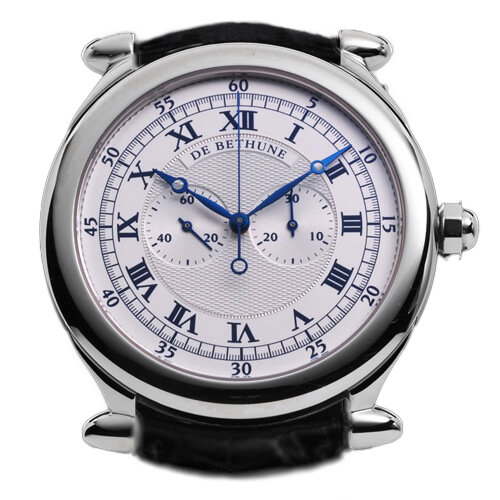
I got a call from David Zanetta after he learned I had left THA. He came to visit me. He told me, “we are going to make a watch; I like making watches with you”. And we did the DB1. David went to Italy and showed the watch to the Italian press and upon his return, said: “We are going to create our own brand”. And it all started like this.
What was the vision for De Bethune?
We wanted to bring our culture of “Belle Horlogerie” associated with the 18th and 19th centuries to the wrists of our clients. The watchmakers of that time created beautiful things, and there was so much we could take from classic watchmaking to create modern wristwatches. The idea was to adapt great classic watchmaking to modern watches.
Admittedly, many modern watchmakers had the idea of reinterpreting classic watchmaking. How is De Bethune’s universe unique?
Indeed, very quickly, we created the De Bethune universe, which today is the universe of the whole team. It is quite incredible. Today, as I work with the R&D and product development team, this is natural. The idea is to create beautiful, functional watches. There has to be an emotion; this is what we want to bring. There is a logic behind creativity. When visiting the De Bethune manufacture, people often tell me it looks like no other manufacture. We did not try to copy anyone. It is a different world.
De Bethune was created in 2002. Looking back on these 20 years, what have been your focal points?
There is the work on metals, of course. From a technical perspective, we have focused on everything that can be improved in a movement. Not just the work on escapements and oscillators but also, for instance, the driving force. In short, it is about improving chronometry in the context of a wristwatch, about enhancing the power reserve.
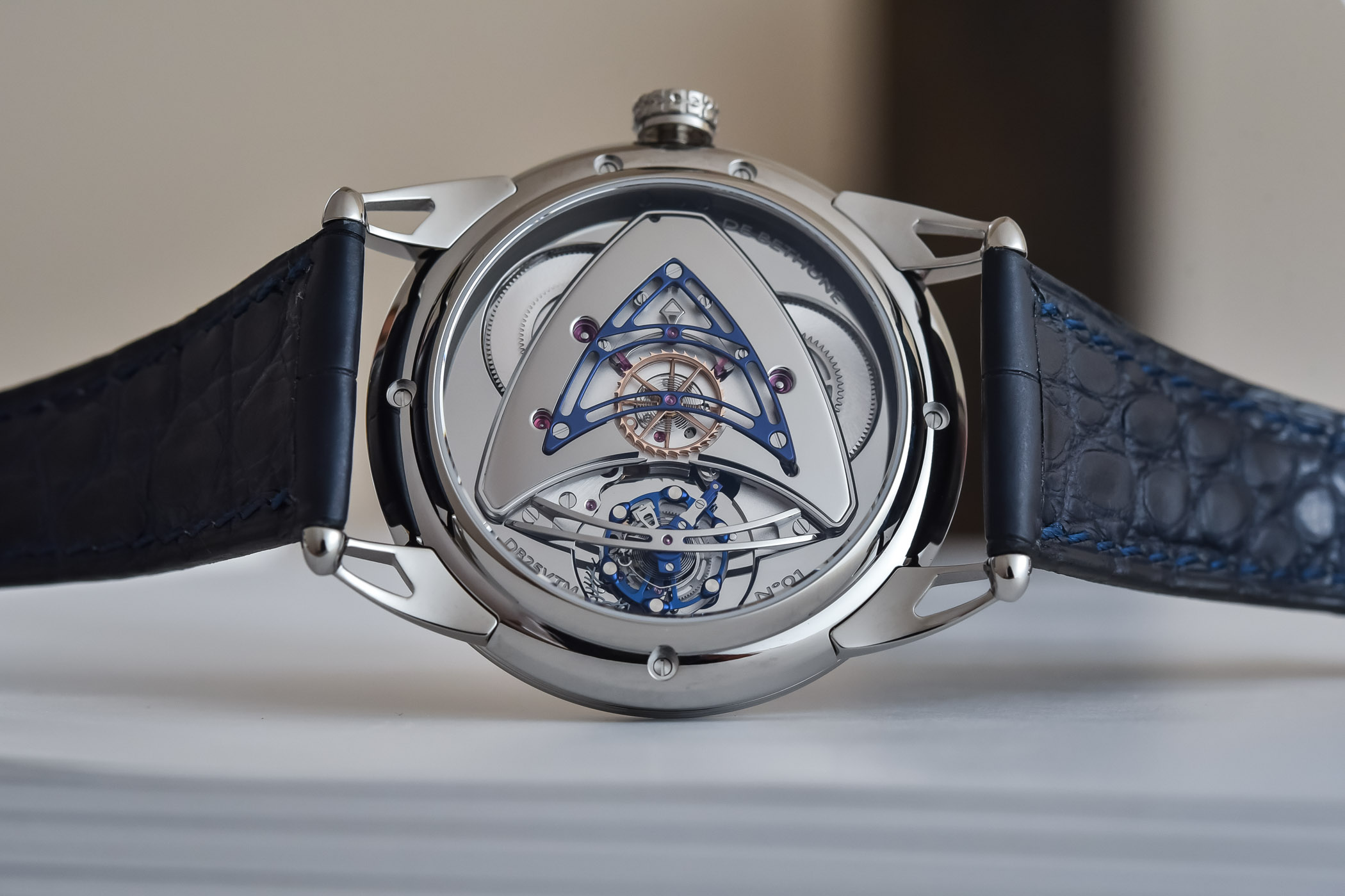
De Bethune is about materials; I love precious metals. Platinum is an excellent material, but it is heavy. It is pleasant to have a light watch, so titanium is really great and is exceptional with regards to its oxidation. You can search for different things and give a sense to things. I hate the standard mass-produced inox steel everybody uses. It creates little emotions for me. It does not have the soul of steel you would forge with your own hands.
The notion of comfort is essential, too: the pursuit of wearing comfort and reading comfort. There is the work on light, reflections, and shapes; there has to be an overarching logic and aesthetics which unite to create a unique De Bethune style.
In the end, this De Bethune world was created by asking ourselves, ‘what can we do better?’ This is it. I have been asked: “Why have you designed ten balance wheels?” The answer is simple: because I had new ideas about improving things and the need to test new solutions. In fact, I have not done ten but 20 different balance wheels. Every time you test a new one, you get new ideas… We have this capacity, and the flexibility to question things, test different things, and implement different things. It has been the same for the last 20 years.
Which watches are especially dear to you?
Well, it is always the next one.
That is the answer I was expecting.
Among the watches I am quite proud of, even if nothing is ever perfect or completely accomplished, is the Maxichrono with its calibre, its dial – the whole works. I put a lot of energy into something difficult to achieve; I have taken into account many parameters, and many things I wanted to improve and managed to bring them together into a 30mm diameter.
Still, we are working on some updates with a new series of Maxichronos, which shows that nothing is ever perfect and things can always be improved.
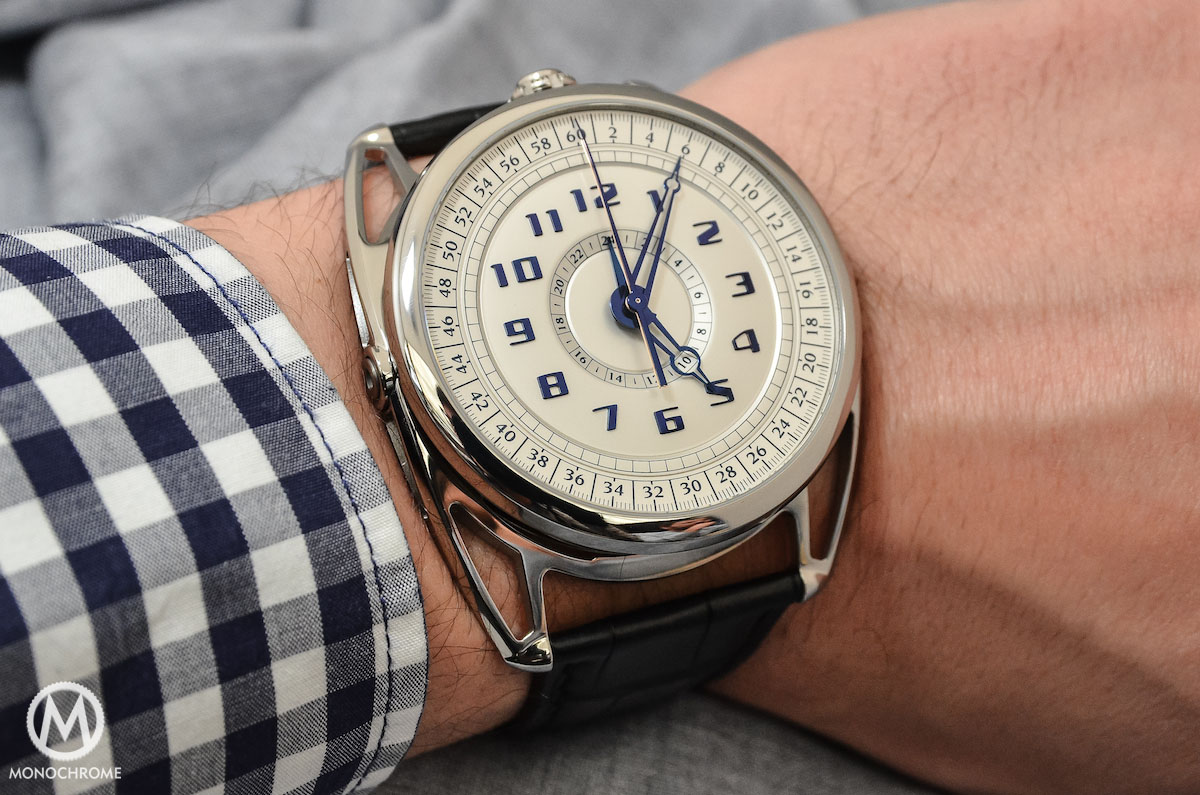
I am pleased too with my different experiences and projects with what we have called Maestri’Art. I have always been interested in the insertion of metals into other metals. It is technical; the work on bronze pieces using different techniques, and the idea of creating your own material and working with it is quite satisfying.
Then there is the work on chronometry, which is the work of a watchmaker. We have pushed the envelope, but this is natural. And there again, there is room for further developments.
I am a fan of the double-face Tourbillon. What does it represent?
I had wanted to create a double-face watch for a long time and discussed the technique and material. But if we talk about the style, the comfort, the aesthetics, the double-face watch is a creation that brings together a lot of what we have tried to bring together with De Bethune.
Then there is the Mecavers project. Can you tell us about this ‘Mad’ project?
The Mecavers is a unique watchmaking project. After all the watches we have created and all the research we have conducted, we had an idea to create ONE particular object.
The idea is of recreating the universe in the form of a watch sculpture created gradually, step by step, in an open, collaborative project. It is also about transmitting knowledge to a younger generation working with me on this project. It will represent the solar system with more than 63 of its satellites revolving around their respective planets. This orrery of extraordinary dimensions will be placed in the centre of mechanisms capable of providing a great deal of astronomical information and enabling ‘double sympathy’ between a watch and a marine chronometer.
It is an evolutive project; we are not putting any constraints on ourselves; we are taking the necessary time to complete it – if we ever complete it. The idea is that it becomes a compendium of watchmaking knowledge. It is also conceived as a tribute to traditional watchmaking culture – embodied by Janvier, Passemant, Harrison or Berthoud – and at the same time, reflects modern watchmaking. The size of the object itself will be extraordinary, with thousands of gears. In truth, there is no goal; it is not about the destination; it is about the journey.
For more information, please visit www.debethune.ch

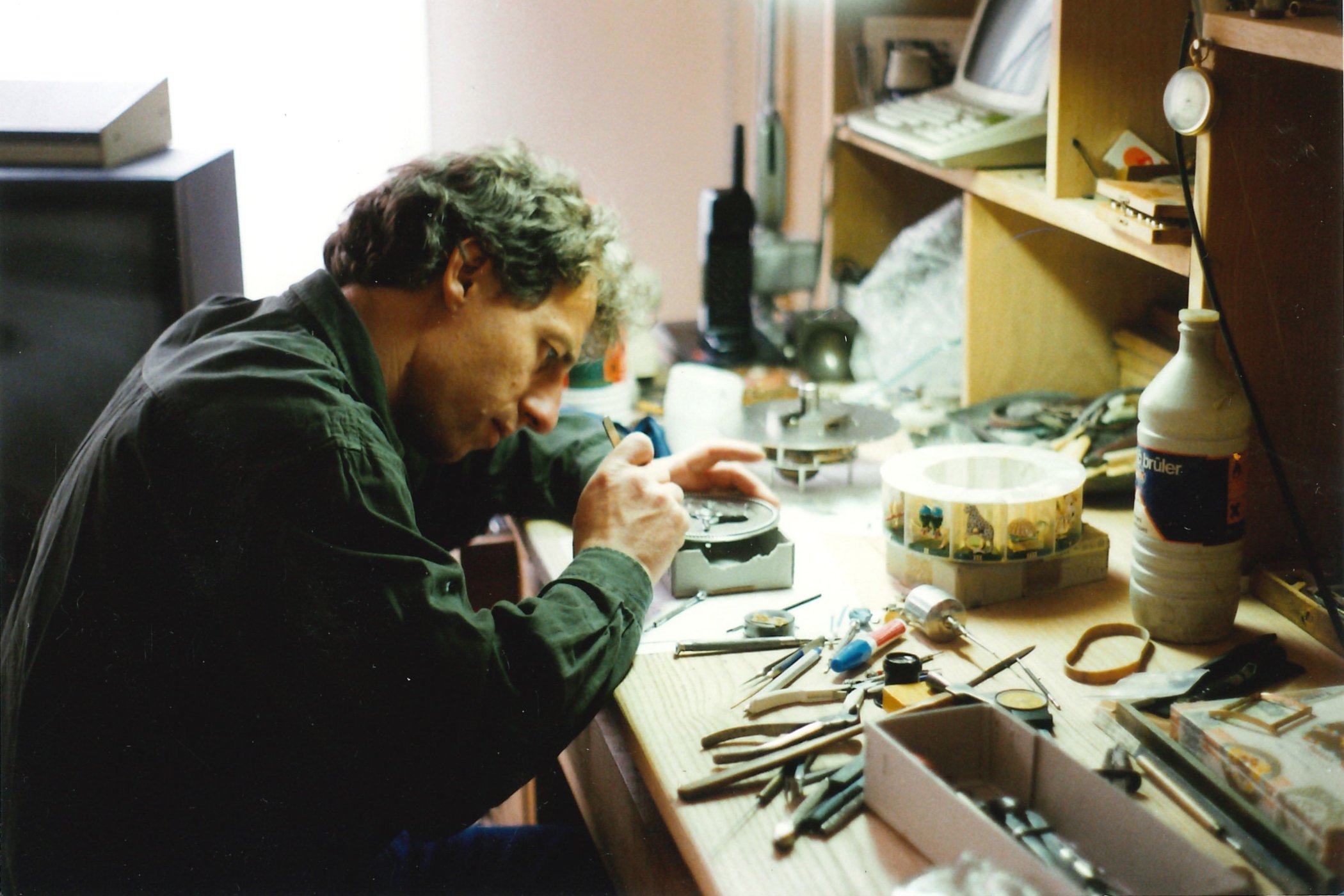
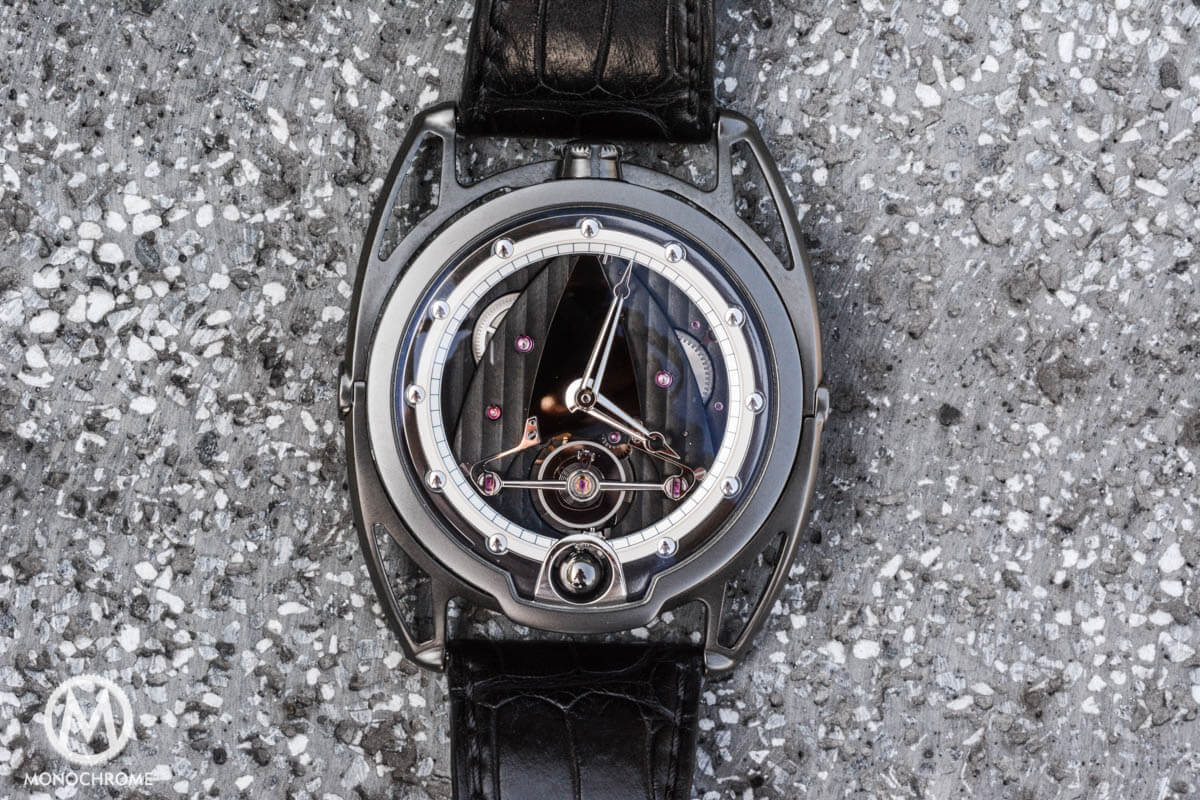
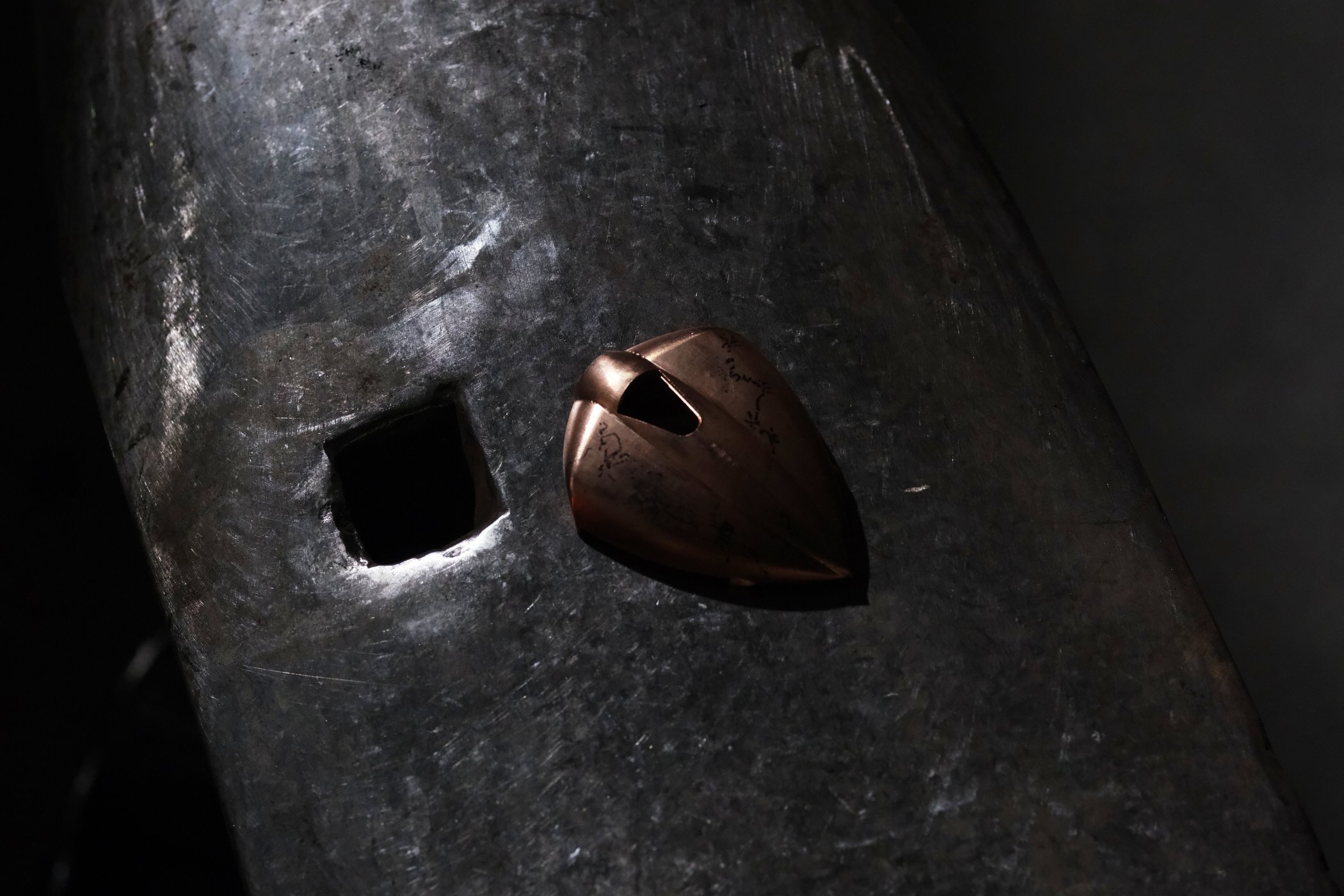
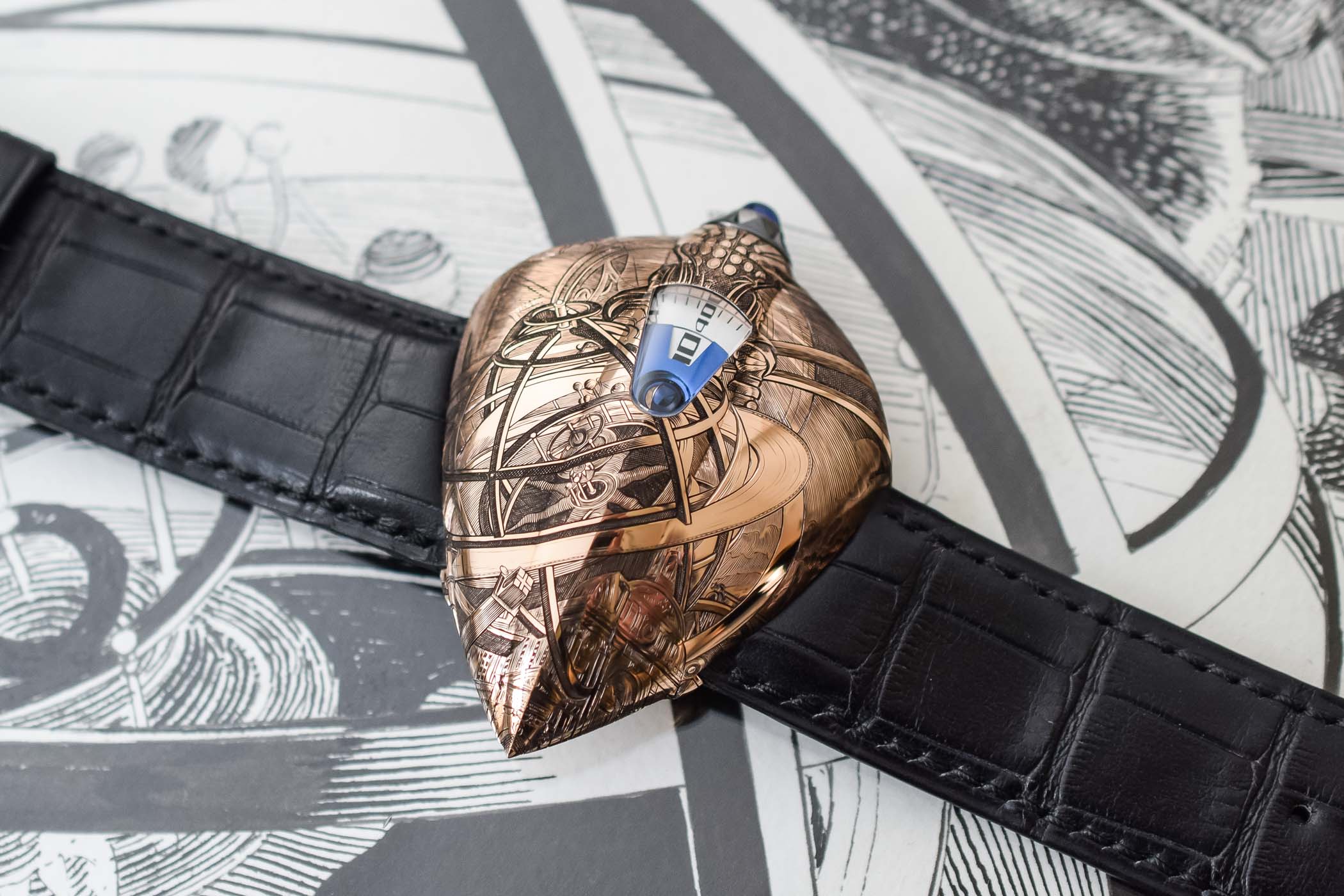
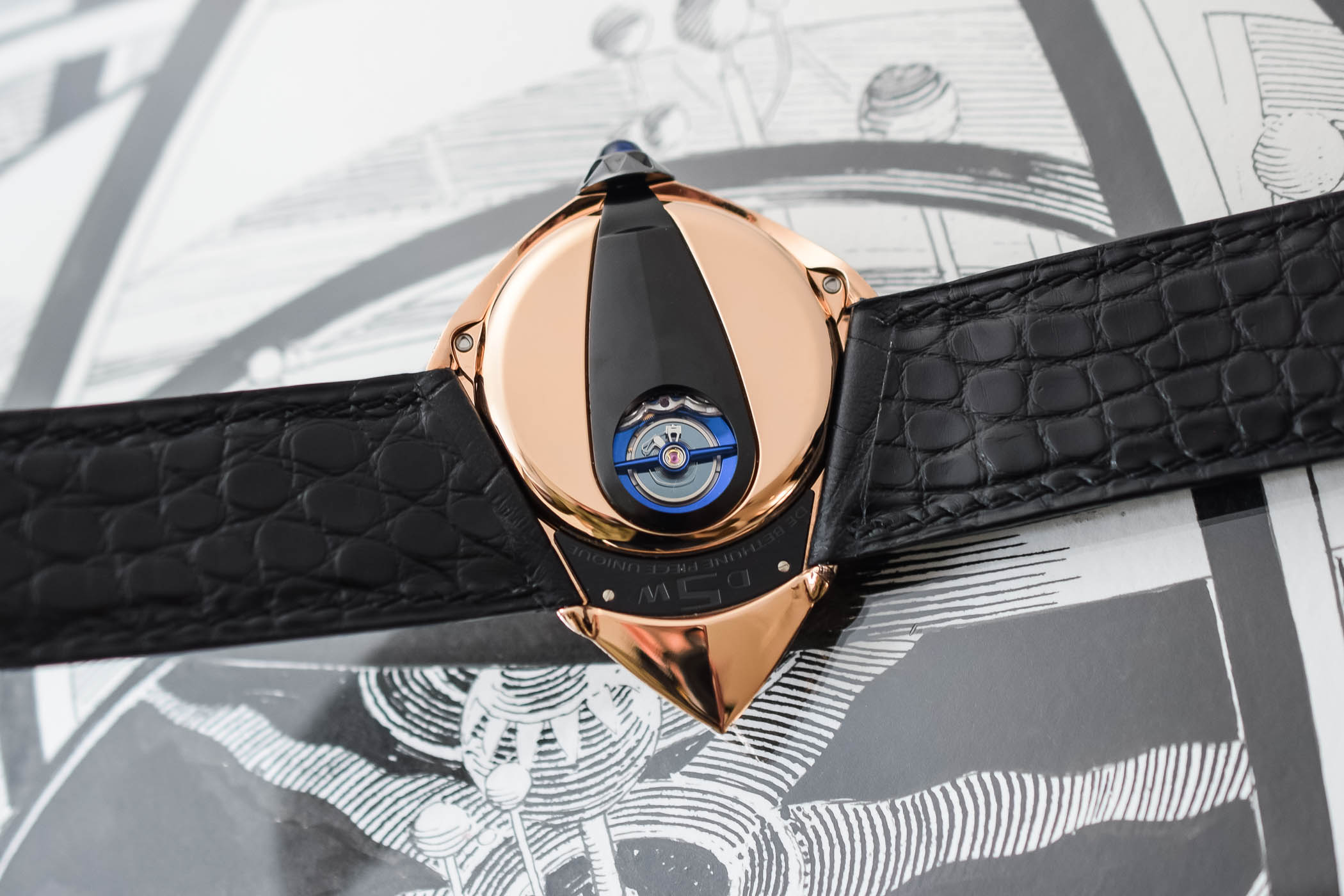
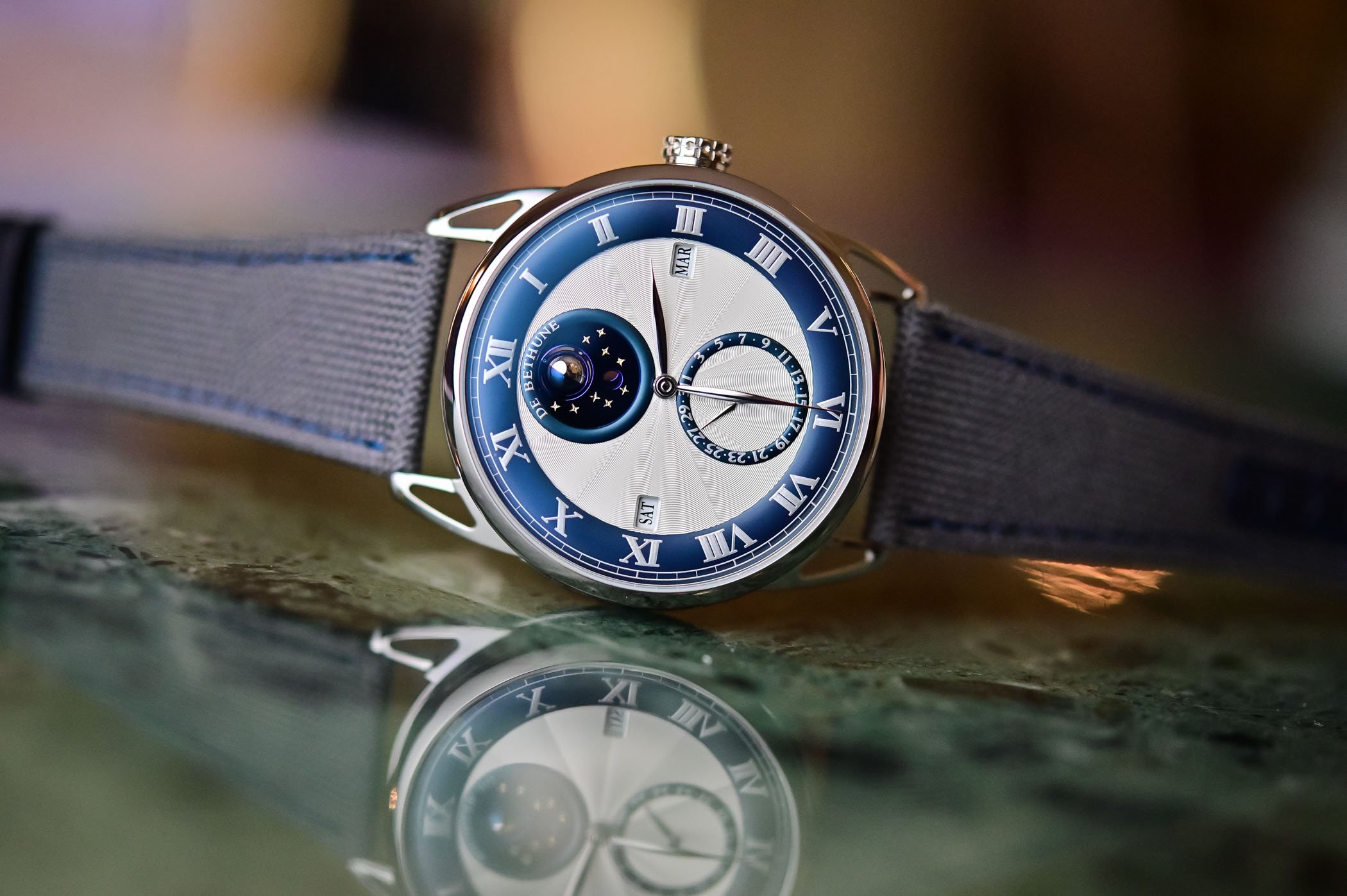
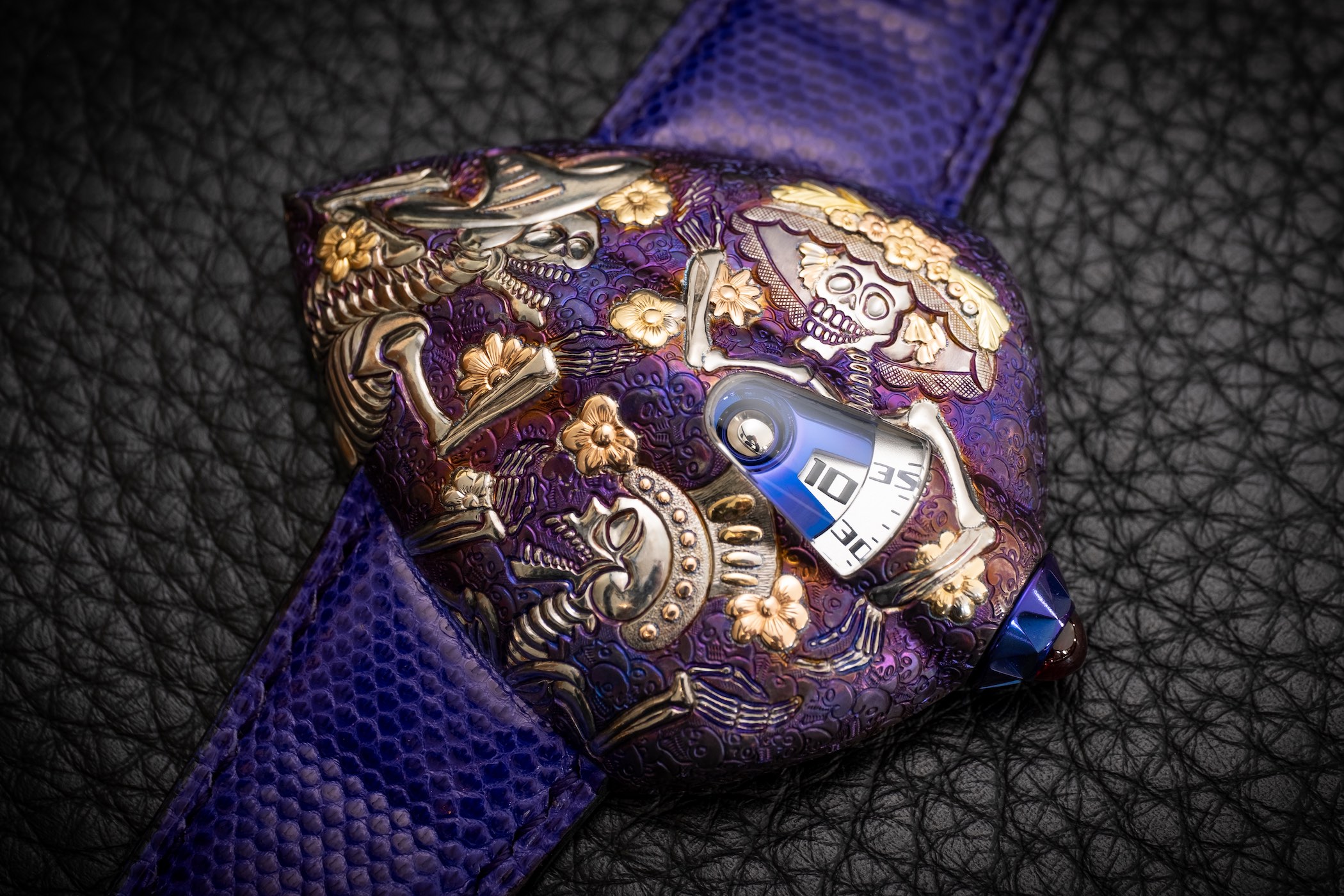
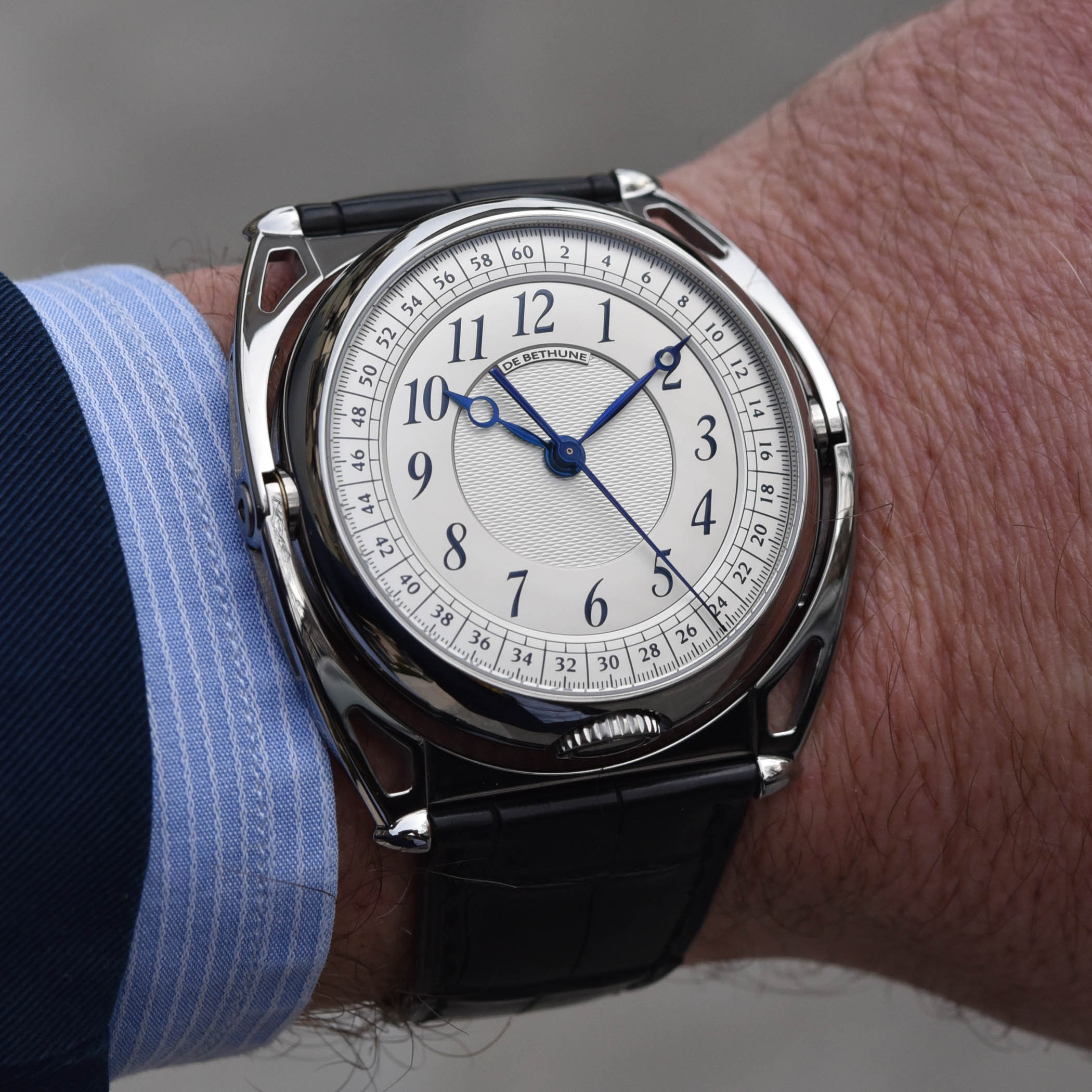
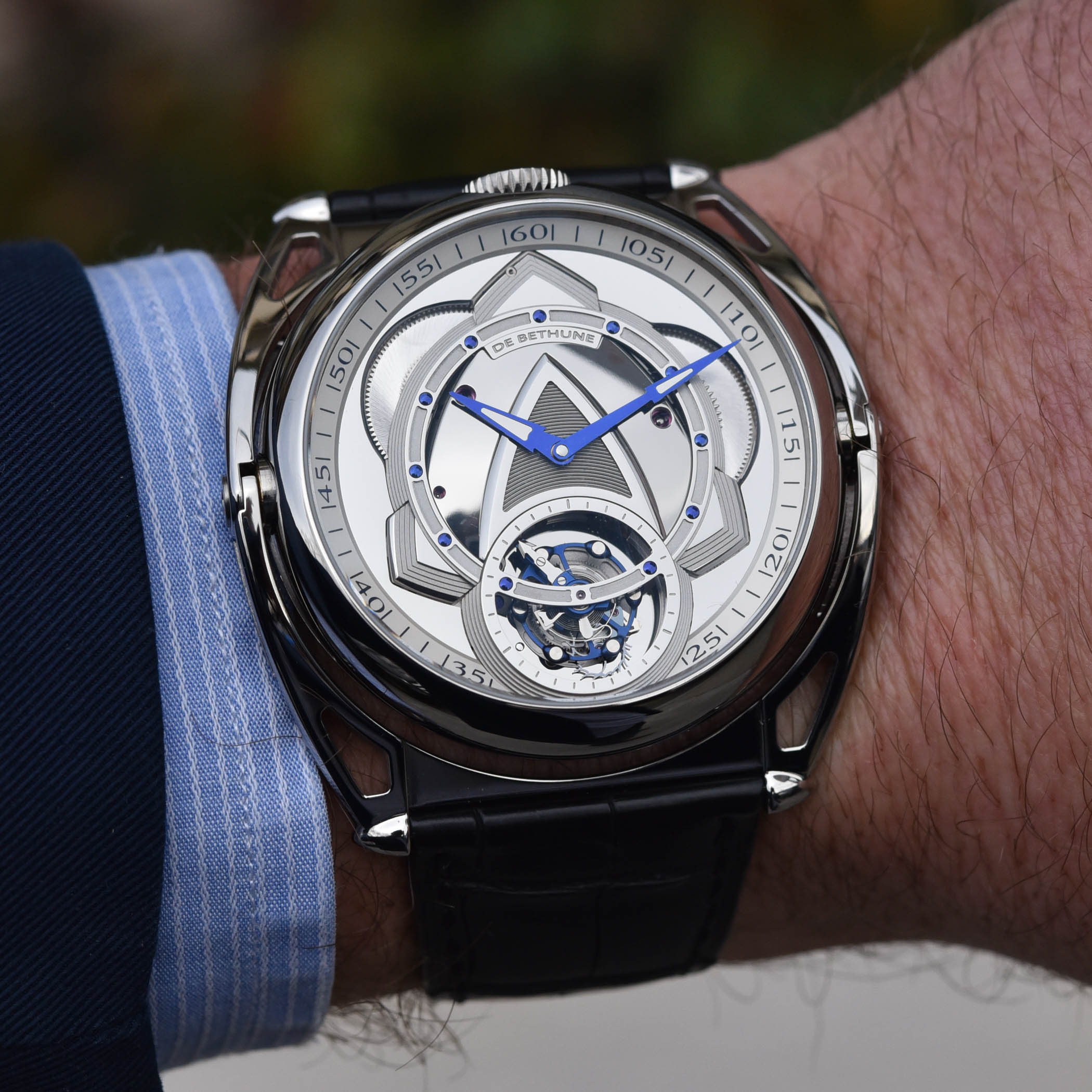
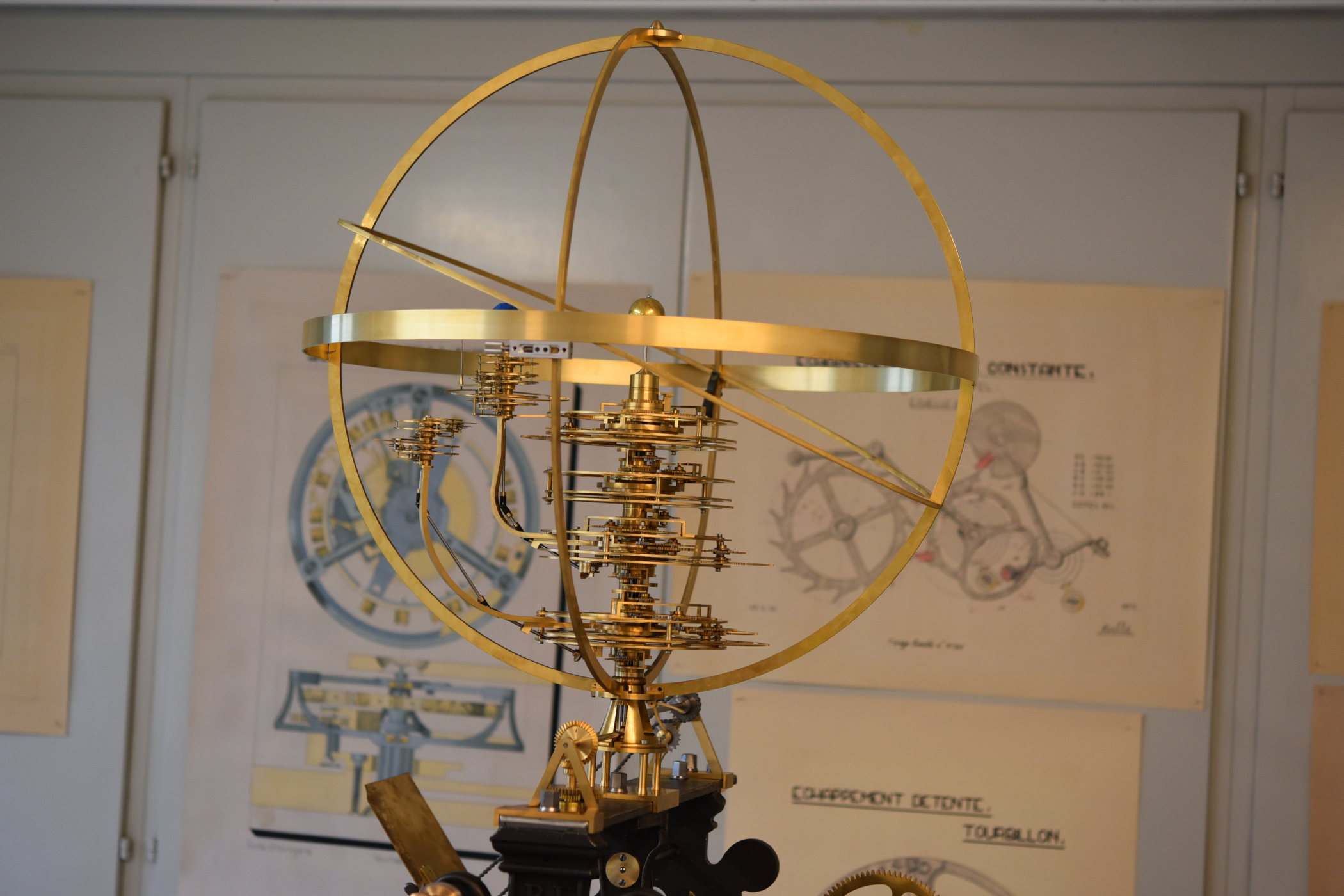
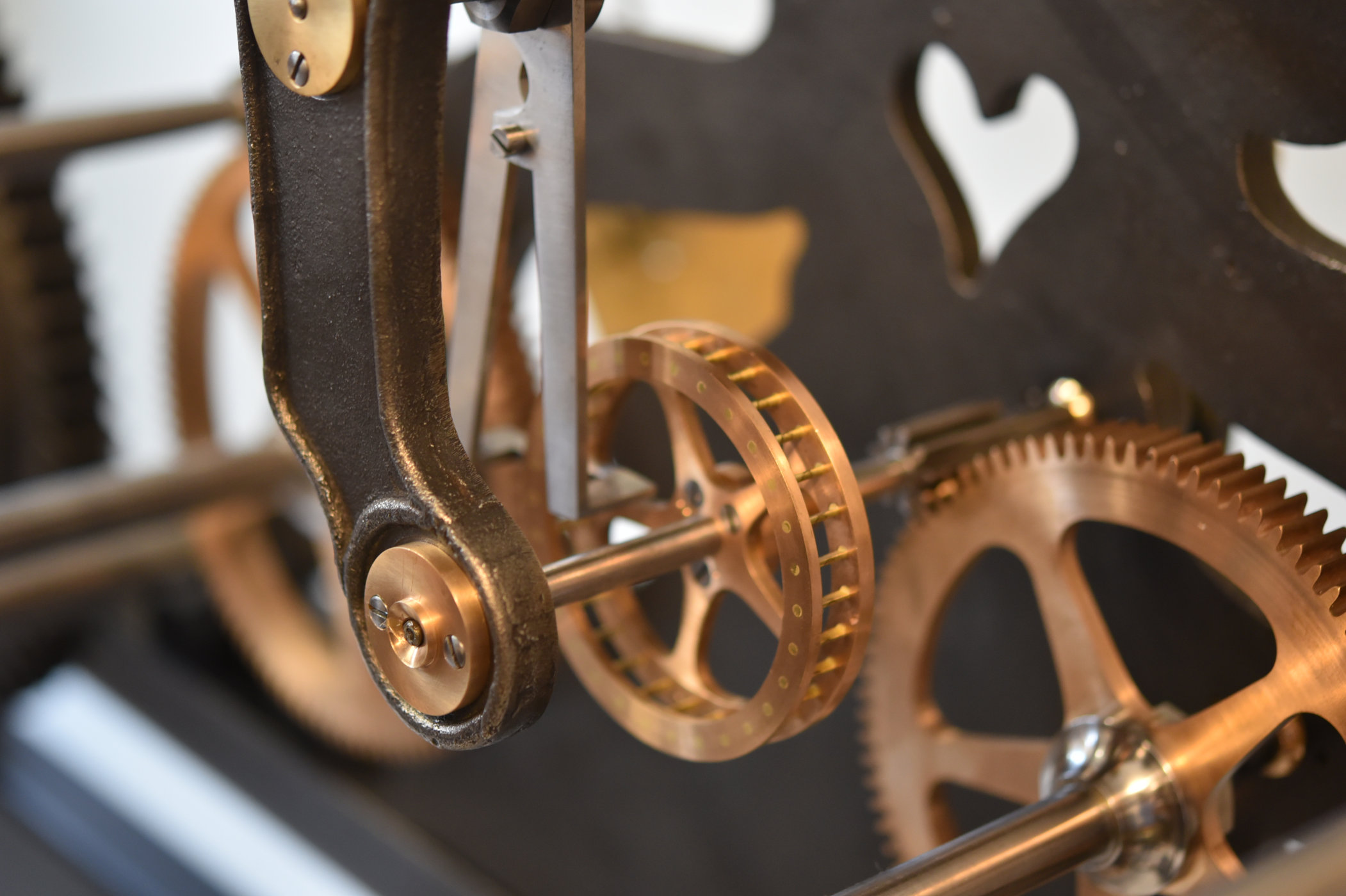
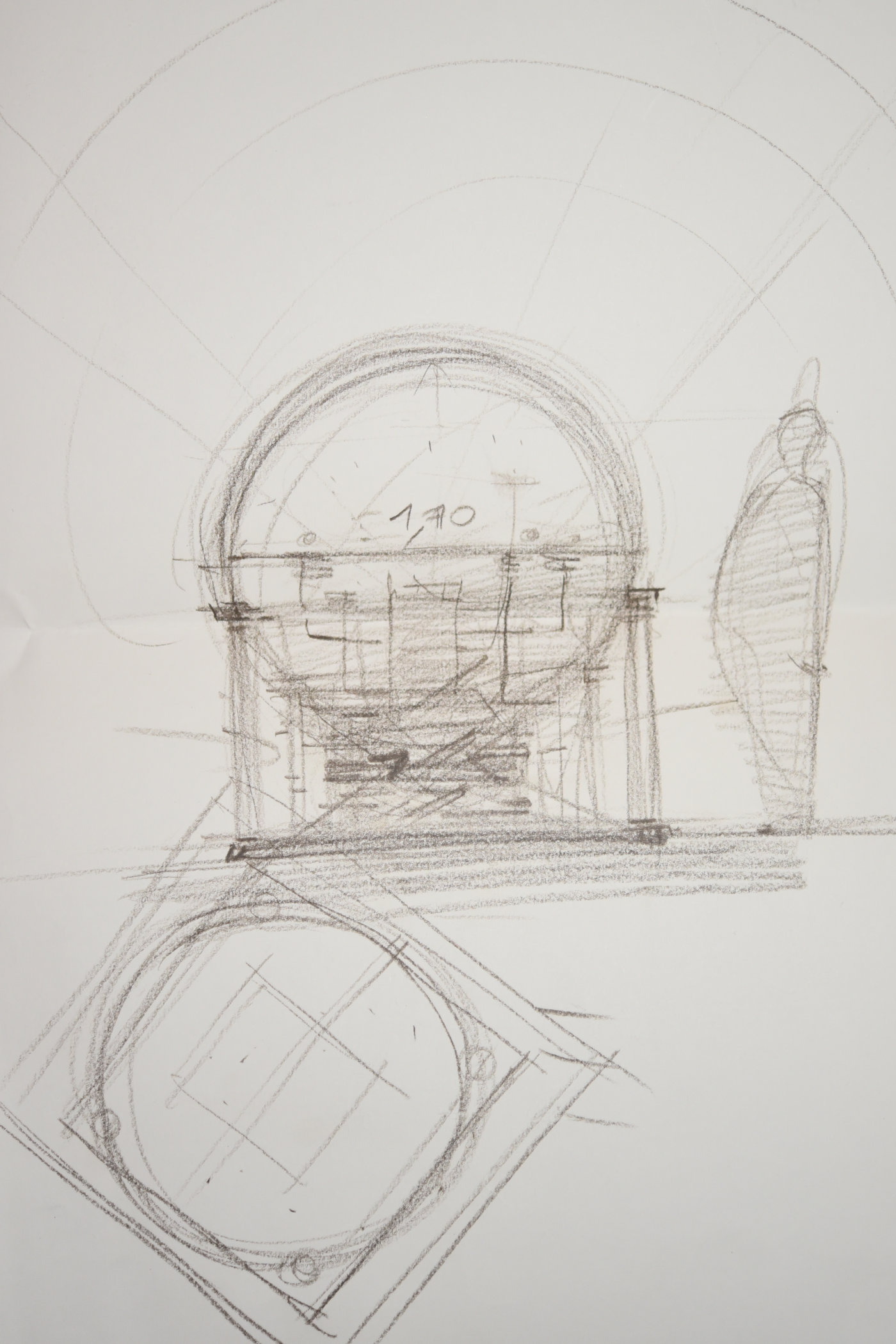



1 response
I think you did not mean Passant, but Passemant?